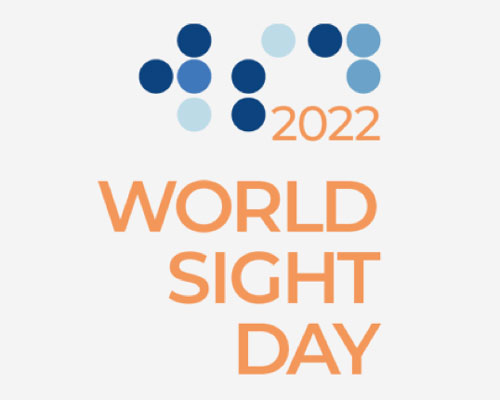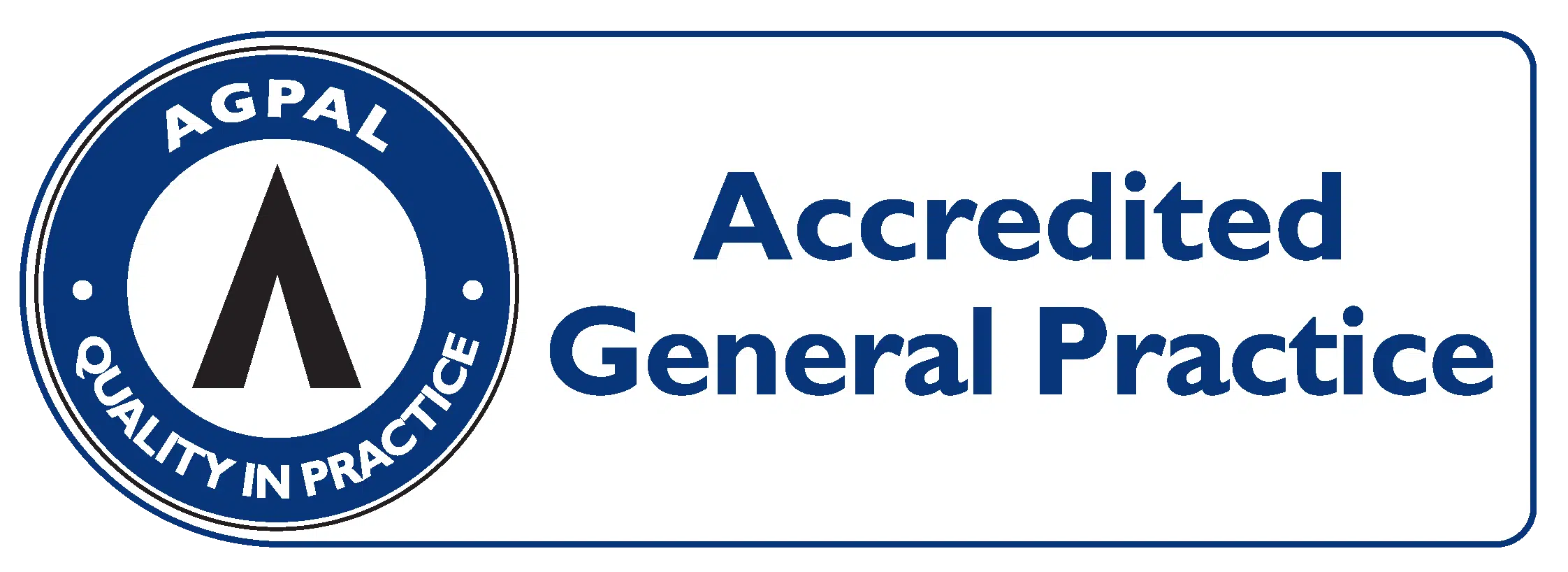
Today is a world sight day.
It is an opportunity for people to stop and focus on their eyes. It is also a reminder to “ Love our eyes!”
Some people are born with an eye condition, however majority eye problems emerge as people get older or due to certain health conditions.
The good news are that there are a number of natural ways we can protect and improve our vision.
1. Protective eye wear.
Eye injuries can result from a range of everyday activities including household chores, playing sports, or working with certain types of equipment or in potentially hazardous environments.
Protective eyewear can help prevent injury, damage, and irritation to eyes from impacts, splinters and shards, and chemicals.
Regular eyeglasses do not generally provide adequate protection from these hazards and can shatter if they become damaged.
2. Sunglasses
Sunglasses are not just a fashion accessory, they also help protect the eyes from ultraviolet (UV) light.
Excessive UV exposure can damage the eyes, and increase the risk of
- eye cancer
- Cataracts
- growths on the eyes, for example pterygium
People at higher risk of eye damage from UV light are:
- Farmers
- Tradies: who work outdoors
- Fishermen
- Surfers
- skiers
- Tennis player and outdoor sports people.
- Generally all those who spend a lot of time outdoors or in the midday sun.
When purchasing sunglasses, it is essential to choose a pair with adequate UV protection. Wearing a wide-brimmed hat is another way to protect the eyes from UV light.
It is also important to remember that UV rays can pass through clouds and occur all-year round, even in winter.
3. Regular eye exams
Having a comprehensive eye exam is the only way for people to be sure that their eyes are fully healthy.
It can help detect eye conditions in their early stages, such as glaucoma, cataracts, macular degeneration and many other eye problems.
4. Screen breaks
Working on computers or focusing on one thing for extended periods can cause eyestrain and fatigue.
People who spend a lot of time in front of computers or mobile devices Should try this simple technique to decrease eye strain. 20-10-20 Rule.
Every 20 minutes, look away from the screen at something around 10 meters away for 20 seconds.
Alternatively just take regular breaks every 20-30 minutes.
5. Controlling diabetes
One of the complications of Diabetes ( Both Type 1 and 2 ) is Diabetic Retinopathy.
It occurs when high levels of sugar in the blood gradually damage the blood vessels in the retina at the back of the eye. This can also result in the growth of scar tissue and new, abnormal blood vessels.
Without treatment, diabetic retinopathy can lead to impaired vision and eventually blindness. People with poor blood sugar control are at higher risk of developing this condition.
Sudden changes in blood sugar can also cause blurry vision that resolves when levels become steadier.
Maintaining good blood sugar control and having an annual eye examination can help reduce the risk of developing diabetic retinopathy.
6. Managing chronic conditions
Many other chronic health conditions contribute to vision problems and even blindness.
These are
- High blood pressure
- Heart disease
- high cholesterol
- Some cancers
- kidney disease
- Strokes
- Arthritis
- Hepatitis
- Asthma
- Depression
- Chronic obstructive pulmonary disease (COPD)
- Hearing impairment
- Multiple sclerosis (MS)
Getting appropriate treatment for chronic conditions can help reduce a person’s risk of developing complications, such as eye problems.




Recent Comments